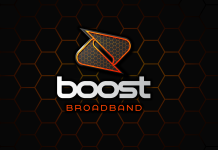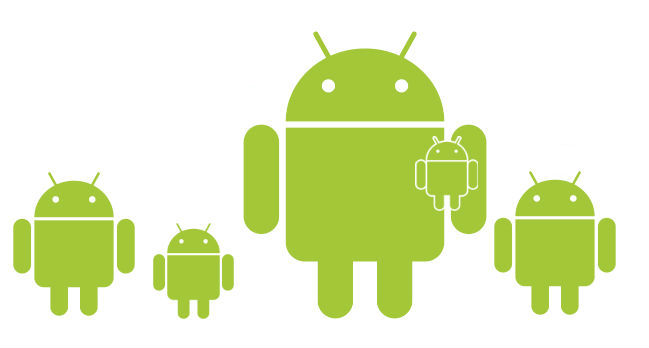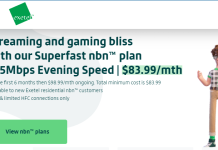Australia’s NBN offers a range of speed tiers – and associated prices – and it can be a little confusing choosing the right plan for you. Some will say you should spend more and get the fastest plan available, but the reality is, you probably don’t often (if ever) need it.
Unfortunately, choosing an NBN plan isn’t as easy as it used to be choosing an ADSL provider, because not all providers are the same. With ADSL, generally speaking, you got whatever speed you paid for and – in more cases – whatever speed your line was capable of.
If you signed up for an ADSL1 plan, you generally got up to 8Mbps. If your line wasn’t great, you got less, but that didn’t depend on your provider – your speed only varied based on what was in the ground between you and your local exchange. If you paid for ADSL2, your experience was a little more varied, but generally, up to 24Mbps (but usually a little less).
With NBN, that all changes. There are a number of different speed tiers, a number of different connection technologies (that the NBN would prefer you didn’t really know about), and different providers provision their services differently – the fastest speed tier from one provider could be quite different from the next, something that ADSL really didn’t have to contend with.
So how do you pick?
What do you do with your home internet connection?
Most connected households these days use some form of streaming services, whether it’s streaming some music, some catch-up free-to-air television, Netflix, Kayo, Foxtel or any one of a number of streaming services available.
You might think “oh I want to stream high quality video, I need a fast plan, right?” but you’d be wrong. Even the slowest, entry-level NBN plan can stream high quality video, so streaming alone doesn’t answer the question.
You need to look at what else you use your connection for, how many people use it, at what times, and so on.
- Do you have one smart TV, or two, or three?
- Do all of these TVs stream at once, or do your kids watch some TV before school, while the parents watch TV at night?
- Do you do online gaming? Do your kids? Do you need to download huge game update files?
- How many computers do you have? Does everyone have a laptop? Are your kids forever using tablets/mobiles to download games, view Instagram and Facebook videos, etc?
Broadly speaking, the more content you consume, the faster you will use up the available bandwidth in your NBN connection. With that in mind, here’s some basic guidance on how to choose a plan.
How to choose the right speed
NBN Basic Evening Speed offers a 12Mbps downstream speed, and 1Mbps upstream speed. It is a basic internet connection which is designed to meet fairly simple needs, such as web browsing, catching up on emails and the like. It’s perfectly capable of streaming video, but really only on one device at a time.
If you’re streaming on more than one device at a time, or you have people who want a useful internet experience while someone else is streaming content, this will be a bit slow.
NBN Standard Evening Speed offers a 25Mbps downstream speed, and 5Mbps upstream speed. This is most closely aligned with the previous ADSL2+ connection technology – the speeds are almost the same, except the upstream speed is a little faster.
NBN Standard is suited to streaming media on one to two devices at a time, as well as the full experience browsing the web, grabbing emails, downloading/uploading photos and so on. The name says it all – it’s standard, and this is really where you should be starting. NBN Basic is really only suited to use users who really don’t use the internet much at all.
NBN Standard Plus Evening Speed offers 50Mbps downstream, and 20Mbps upstream. It is a huge jump over the standard plan, offering twice the download speed, and 4 times the upload speed – important if you’re backing up photos or videos to the cloud. That huge download speed also means you can easily stream content on three or more devices at once, but that’s about the limit. This is also suited to gamers who may need to download update files every so often – 50Mbps will see those updates download quickly.
For remote workers, NBN Standard Plus is where you should start – it’s capable of moving large files around fairly quickly, providing a great video conferencing performance, remote desktop capability and more, while enjoying some great music to keep the day interesting.
If you’ve got kids with connected devices, Standard Plus is really the minimum you should consider, so their internet use doesn’t bring the house to a standstill.
NBN Premium Evening Speed is the fastest widely available plan these days, though the full speed may not be available to some connection times (Fixed Wireless and Satellite can’t go this fast, and while FTTN theoretically can, some FTTN connections won’t be capable of the full speed).
Premium speed offers 100Mbps downstream and 40Mbps upstream, ideal for 4K streaming (or multiple such streams), uploading video and audio files with ease, remote working, teleconferencing, and for larger households.
NBN Premium can easily support two TVs streaming content, two laptops using the internet, and kids playing mobile games at the same time. How do I know? This is what we have at home. Hell, even when we have guests over jumping on the WiFi, our internet never slows to a crawl.
How to choose the right provider?
Once you’ve settled on a speed tier, the best way to choose between providers is on price and quoted evening speed.
NBN plans at the same speed tier do not vary wildly in terms of price between providers – they’re all priced within a certain range. What does vary a little though is quoted evening speed – an NBN Standard plan from one provider might quote typical evening speeds of 21Mbps, whereas another might offer just 19Mbps, or up to 23Mbps.
We’ve picked a handful of providers above at each speed tier so you can see the difference in price and quoted speeds. Generally, the cheaper plans will have slightly lower quoted evening speeds, and the more you pay, the greater your chances of faster evening speed.
It all comes down to a number of factors – how much bandwidth your provider has provisioned in your area, how many people in your area are hitting the internet at night, the quality of your connection and more.
Have you got questions about signing up to the NBN or choosing a provider? Don’t hesitate to contact us and we’ll help you out!




